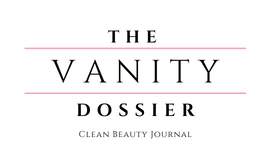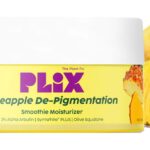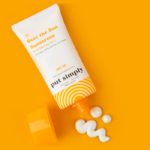
Ever wondered what’s there in your favorite serum, cream, or cleanser? Unsure about how clean or in good condition the ingredients are packed in the product? Is there any element or component that negatively impacts your health or destroys the natural habitat? There is no way to determine just by looking at your favorite lipstick or eyeshadow if there has been a violation of labor laws while formulating it.
This makes ingredient tracing & transparency imperative to further revolutionize and ace the growth of the clean beauty industry. The clean beauty movement takes pride in the fact that all ingredients in the product formulation are listed. But, does it sound convincing enough? Clean beauty can be truly accoladed with the laurels when there is extra work done – tracing where and how the beauty ingredients are sourced, harvested, and produced.
What Is Ingredient Traceability?
Clean beauty products, as and how represented, often are considered to be safe and formulated with ingredients that are safe for human health. However, it does not guarantee safety if the ingredient sourcing is done following unethical practices and might cause ecological harm. It’s hence a simple way to eliminate greenwashing done by brands.
Not knowing how the ingredients are sourced or if they are associated with ecological harm while it is grown, harvested, processed, or treated, raises questions about sustainability. Ingredient traceability is a basic tool that brands or companies use to make sure they know who they’re buying from, the policies or procedures for procurement, and a level of transparency with the consumers. It means full disclosure about the ingredients.
Factors That Influence Ingredient Traceability
Many aspects go into ingredient traceability. Here are some important things:
- Brands should not only focus on sharing the names and addresses of their direct and indirect suppliers but also accurate consumer insights to help in getting to know the ingredients better.
- Brands also give insight into the supply chain and how it impacts the communities involved in the manufacture of the products. Also, giving the customers access to sourcing data brings a lot more transparency.
- Creating transparency is a learning process and most brands are researching and learning how to focus better on traceability and sustainability. This involves also sharing information on what the brand is doing – oil certification, packaging, recyclable glass bottles, etc.
Ingredient traceability is a crucial step in clean beauty as it brings a better degree of transparency. However, it should not be confused with sustainability always. It also requires the distributors and manufacturers to share more information about each ingredient and make it easily accessible through product listings and packaging. From the customer’s perspective, traceability depends on asking hard questions and accessing information to know if the brands are actually clean or just greenwashing.













